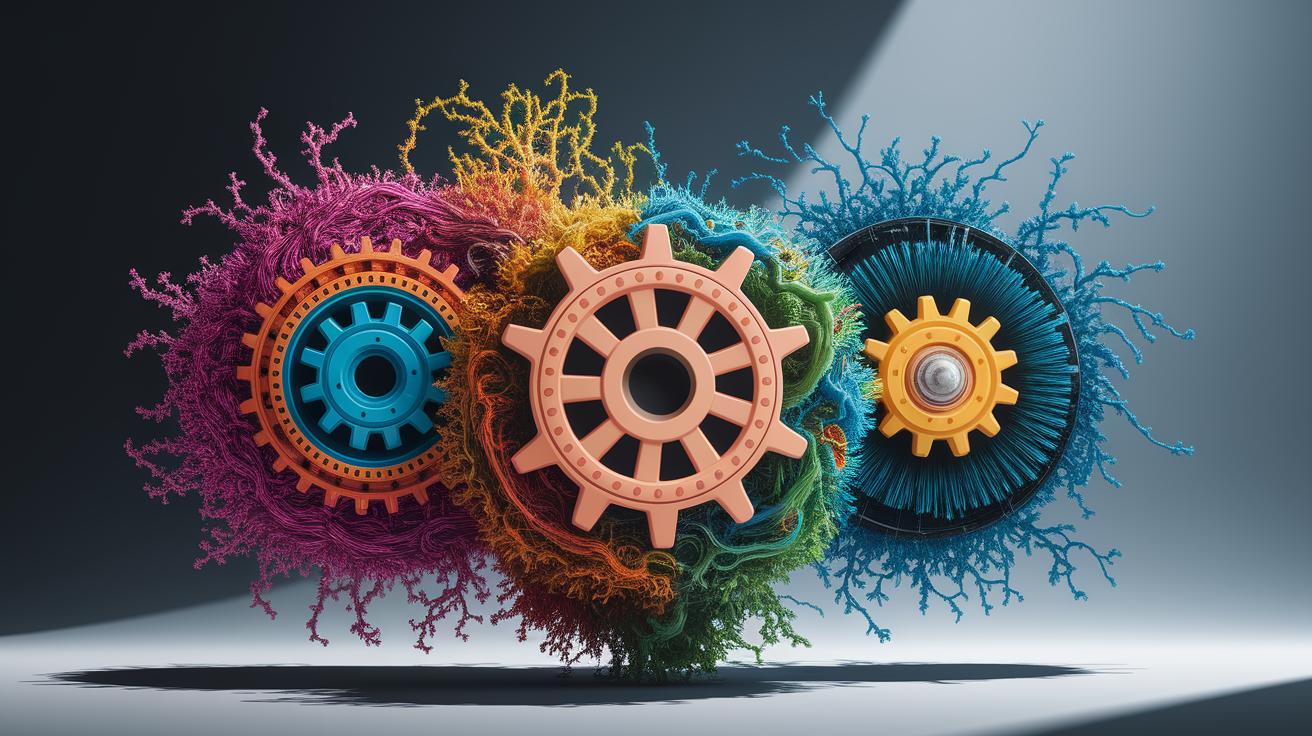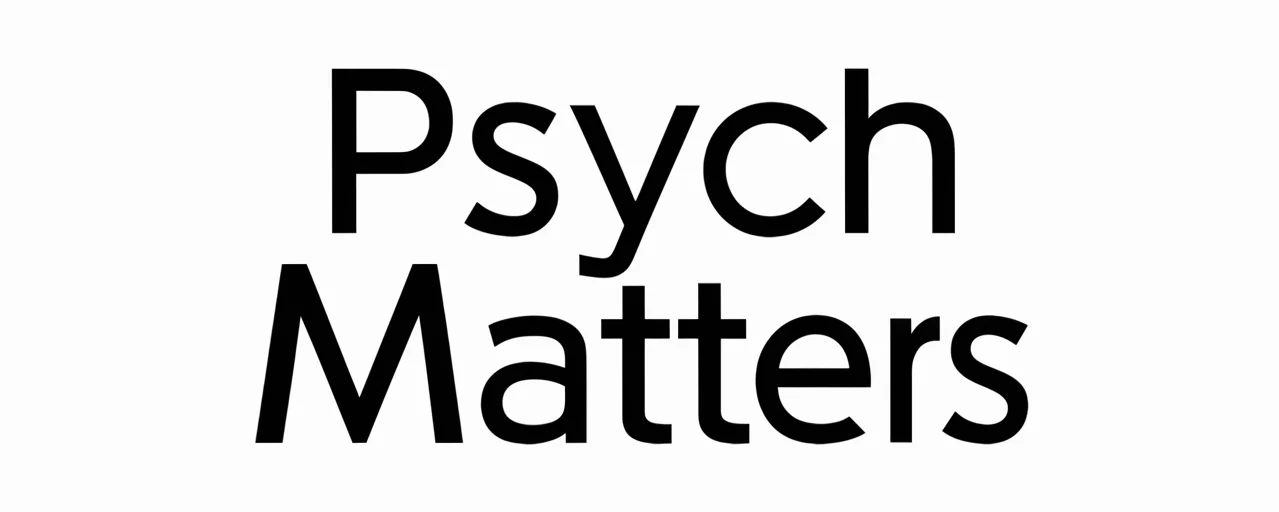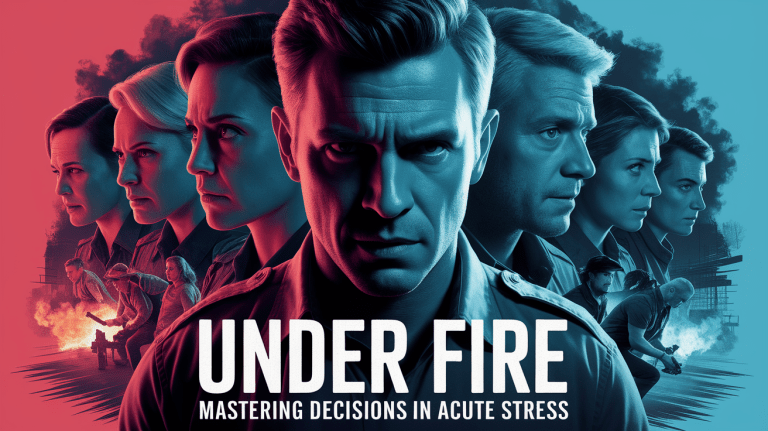Decision Fatigue Demystified: Make Better Choices When It Matters
Kickstart Your Brain: Understanding Decision Fatigue
From choosing what to wear in the morning to deciding on complex business strategies, our daily lives are a relentless cascade of decisions. While we may feel in complete control, our ability to make sound judgments is not infinite. Each choice, no matter how small, draws from a finite well of mental energy. When that well runs dry, we enter a state of cognitive drain known as decision fatigue. This phenomenon silently erodes our judgment, impacting everything from our productivity to our personal well-being. This article demystifies decision fatigue, exploring its psychological roots, identifying its triggers, and providing proven strategies to conserve your mental energy for the choices that truly matter.

What Is Decision Fatigue?
Decision fatigue refers to the deteriorating quality of decisions made by an individual after a long session of decision-making. It’s not a feeling of physical tiredness, but rather a state of mental exhaustion that impairs our executive function. The more choices you make throughout the day, the more your brain’s capacity for self-control and thoughtful deliberation diminishes. This leads to a decline in the quality of subsequent decisions.

The concept is closely linked to a theory in psychology called ego depletion. First proposed by social psychologist Roy Baumeister, this theory suggests that our willpower and self-control are not constant but act like a muscle. With each act of self-regulation—whether it’s resisting a tempting dessert, focusing on a difficult task, or making a trade-off—we deplete this finite resource. As our mental energy wanes, we become more susceptible to taking cognitive shortcuts, making impulsive choices, or simply avoiding decisions altogether.
Essentially, decision fatigue is a real psychological phenomenon where an overwhelming cognitive load leads to a state of decision paralysis or poor judgment. It explains why we are more likely to indulge in unhealthy snacks in the evening after a long day of work or why shoppers tend to make more impulse purchases at the end of a long shopping trip. Understanding that your decision-making ability is a depletable resource is the first step toward managing it effectively.
Key Triggers and Contributors
Several factors can accelerate the onset of decision fatigue, draining our cognitive resources faster. Recognizing these triggers is crucial for prevention.
Choice Overload and Complexity
The sheer volume and complexity of modern choices contribute significantly to our decision burden. Whether it’s navigating hundreds of TV shows on a streaming service or evaluating dozens of software options for a business, an abundance of options can lead to analysis paralysis. When faced with too many variables, our brain works overtime to weigh pros and cons, increasing cognitive load and hastening mental exhaustion.

Physiological and Environmental Factors
Our mental state is intrinsically linked to our physical state. Factors like sleep deprivation, poor nutrition, and general stress can severely impair our executive functioning. According to the Cleveland Clinic, impairments in executive function are a key pathway to decision fatigue. When you are tired or hungry, your brain lacks the glucose needed to fuel complex thought processes, making it harder to exert self-control and engage in reasoned decision-making.
The Role of Cognitive Biases
When mentally drained, our brains look for ways to conserve energy. This often means defaulting to cognitive shortcuts, or heuristics, which can lead to biased and suboptimal choices. For instance, when fatigued, we might fall prey to status quo bias (sticking with the default option) or recency bias (over-relying on the most recent information). These mental shortcuts allow us to make a quick decision, but often not the best one. Gaining a deeper knowledge of understanding behavioral economics: the human side of decision-making can illuminate how these biases systematically influence our choices, especially when our cognitive resources are low.
Spotting the Signs and Risks
Decision fatigue can manifest in subtle ways, making it difficult to detect until its consequences become apparent. While it shares some characteristics with burnout, decision fatigue is specifically tied to the act of making choices, whereas burnout is a broader state of emotional, physical, and mental exhaustion. Recognizing the signs is key to mitigating the risks.

Common symptoms and behavioral patterns include:
- Procrastination and Avoidance: You find yourself putting off decisions, big and small, a phenomenon sometimes called decision paralysis. Instead of choosing, you do nothing, letting circumstances decide for you.
- Impulsivity: With your willpower depleted, you are more likely to give in to temptation. This can lead to impulse buying, unhealthy eating, or snapping at colleagues and loved ones.
- Decision Simplification: You start taking mental shortcuts, such as always choosing the cheapest option, the default setting, or whatever choice requires the least justification, regardless of whether it’s the best one.
- Irritability and Frustration: The mental effort of making another choice can feel overwhelming, leading to heightened emotional reactivity. The intricate relationship between emotions and decision-making becomes particularly strained, as fatigue lowers our threshold for rational thought.
The risks associated with unmanaged decision fatigue are significant. In a professional context, it can aversely impact productivity and lead to costly errors. In our personal lives, it can harm our health, finances, and relationships. Chronic decision fatigue can contribute to a feeling of being constantly overwhelmed, a state of mental burnout where every choice feels like a monumental task.
Proven Strategies to Prevent Decision Fatigue
The good news is that decision fatigue can be managed and prevented with conscious effort and strategic planning. The goal is not to stop making decisions, but to conserve your mental energy for the ones that have the greatest impact. Here are some proven strategies for busy professionals, parents, and anyone looking to make better choices.
1. Simplify and Automate Your Life
One of the most effective ways to combat decision fatigue is to reduce the number of choices you make each day. This is the logic behind the simplified wardrobes of figures like Barack Obama, Steve Jobs, and Mark Zuckerberg. By wearing a similar outfit daily, they eliminated a trivial decision, saving their cognitive resources for more important matters.
Apply this principle by creating routines and automating repetitive tasks:
- Plan your meals for the week.
- Establish a consistent morning and evening routine.
- Use habit stacking to link new behaviors to existing ones.
- Automate bill payments and savings transfers.
This approach, often called routine optimization, frees up mental bandwidth by turning daily choices into automatic habits.

2. Time Your Decisions Wisely
Since your mental energy is highest after a period of rest, schedule your most important and complex decisions for the morning. Your brain will be better equipped to handle the cognitive load required for deep thinking. Reserve simpler, low-stakes decisions for the afternoon or evening when your willpower is likely lower. If you work in a team setting, schedule critical decision-making meetings for the morning to leverage the collective peak performance of the group.
3. Replenish Your Mental Energy
Just like a muscle, your brain needs recovery. It’s essential to refuel your cognitive resources throughout the day.
- Take Regular Breaks: Step away from your work to stretch, walk, or simply rest your mind. The Pomodoro Technique—working in focused 25-minute intervals with short breaks—can be highly effective.
- Eat Nutritious Food: Your brain runs on glucose. A steady supply from balanced meals prevents the energy crashes that impair judgment. Avoid sugary snacks that cause a quick spike followed by a sharp drop in energy.
- Prioritize Sleep: Quality sleep is non-negotiable for cognitive function. It’s during sleep that your brain consolidates memories and restores the energy needed for executive functions.
- Check Your Basic Needs: For practical in-the-moment help, consider one of the most practical psychology hacks to improve decision-making: the HALT method. Ask yourself if you are Hungry, Angry, Lonely, or Tired before making a significant choice. Addressing these basic needs can instantly improve your decision-making capacity.
In a business context, fostering an environment that encourages breaks and work-life balance is one of the most effective strategies for enhancing employee well-being and productivity, directly combating the organizational costs of decision fatigue.
From Fatigue to Freedom: Make Every Decision Count
Decision fatigue is an invisible force that shapes our daily lives, but it doesn’t have to dictate our outcomes. By understanding that our willpower is a finite resource, we can become more intentional about how we spend it. Recognizing the triggers—like choice overload and physiological stress—and spotting the signs—such as procrastination and impulsivity—empowers us to take proactive steps.
By simplifying routines, timing crucial choices strategically, and consistently replenishing your mental energy, you can shift from a state of cognitive drain to one of clarity and control. This isn’t about avoiding decisions; it’s about building a life and work structure that conserves your best thinking for the moments that define your success and happiness. Make every decision count by first deciding what decisions count.







